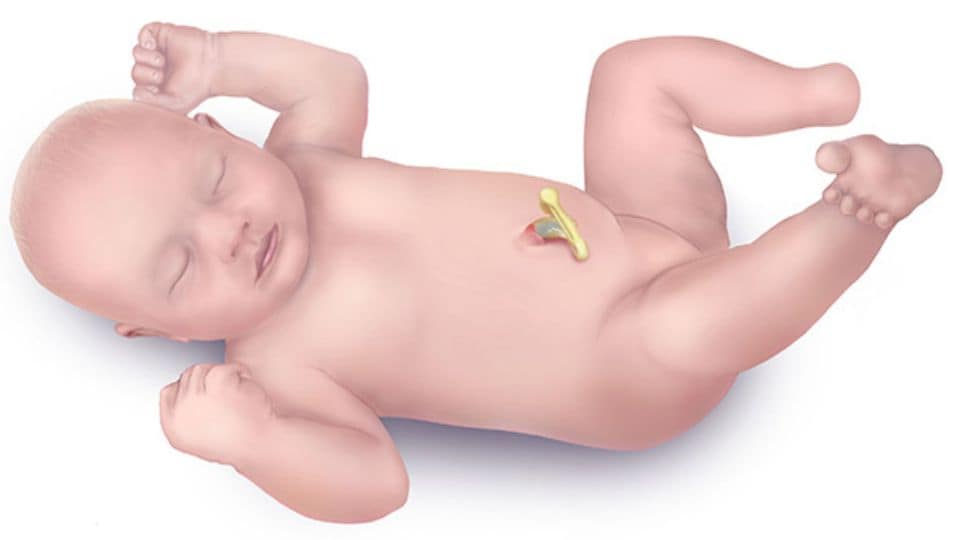Key points
- Limb reduction defects occur when a part of or the entire arm or leg does not form completely.
- Specific treatment will depend on things like the extent and type of limb reduction defect.
- Researchers estimate that about 1 in every 2,100 babies has a limb reduction defect at birth in the United States.
What it is
Limb reduction defects occur when the arm or leg fails to form completely.
The defect is referred to as a “limb reduction” because a limb is reduced from its normal size or is missing. Some babies will have limb reduction defects affecting both arms and legs.1

Babies and children with limb reduction defects may face various issues and difficulties. The extent of these challenges will depend on the location and size of the reduction. Some potential problems are:
- Difficulties with typical development, such as motor skills
- Needing assistance with daily activities, such as self-care
- Limitations with certain movements, sports, or activities
- Potential emotional and social issues because of physical appearance
Risk factors
The causes of limb reduction defects in most cases are unknown. The role that genetics and other factors play in causing limb reduction defects needs to be studied further. Some known factors that may increase the risk of having a baby with a limb reduction defect include:
- Exposure to certain chemicals or viruses during pregnancy
- Certain medication use during pregnancy
- Tobacco smoking
Research also shows that multivitamin use before pregnancy may decrease the risk of having a baby with limb reduction defects.2
Additionally, certain forms of limb reduction defects may be associated with other birth defects, such as heart defects, omphalocele, and gastroschisis. 3
Treatment
Specific treatment for limb reduction defects will be determined by the child's doctor. Treatment depends on things like the child's age and the extent and type of defect.
The goal for treatment of limb reduction defects is to provide the child with a limb with proper function and appearance. Treatment can vary for each child. Potential treatments include:
- Prosthetics (artificial limbs)
- Orthotics (splints or braces)
- Surgery
- Rehabilitation (physical or occupational therapy)
Babies and children with limb reductions may have some difficulties and limitations throughout life. Proper treatment and care will support individuals to live long, healthy, and productive lives.
- Stallings, E. B., Isenburg, J. L., Rutkowski, R. E., Kirby, R. S., Nembhard, W.N., Sandidge, T., Villavicencio, S., Nguyen, H. H., McMahon, D. M., Nestoridi, E., Pabst, L. J., for the National Birth Defects Prevention Network. National population-based estimates for major birth defects, 2016–2020. Birth Defects Research. 2024 Jan;116(1), e2301.
- Yang QH, Khoury MJ, Olney RS, & Mulinare J. Does periconceptional multivitamin use reduce the risk for limb deficiency in offspring? Epidemiology. 1997;8: 157-61.
- Rosano A, Botto LD, Olney RS, Khoury MJ, Ritvanen A, Goujard J, et al. Limb defects associated with major congenital anomalies: clinical and epidemiological study from the International Clearinghouse for birth defects monitoring systems. Am J Med Genet. 2000;93: 110-16.
